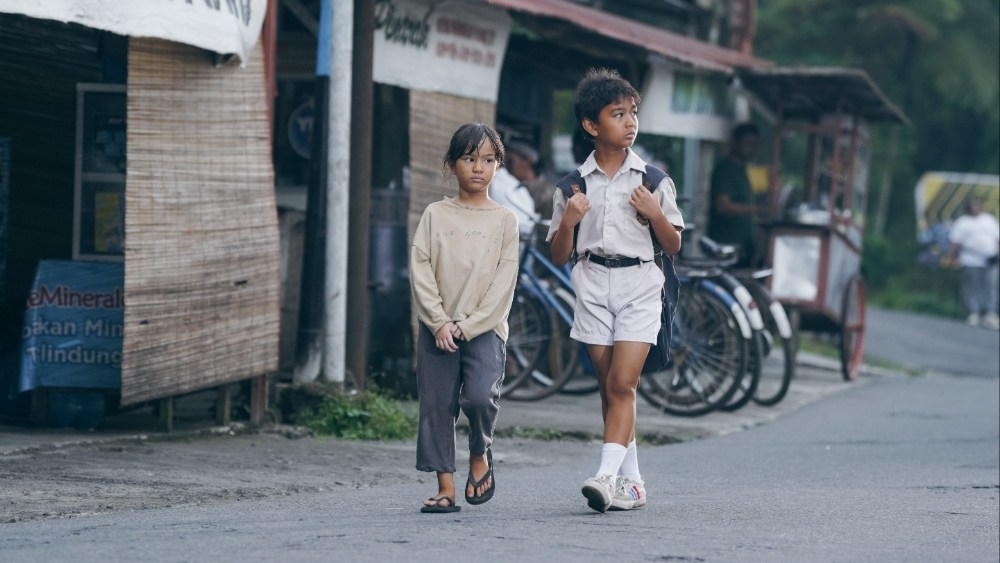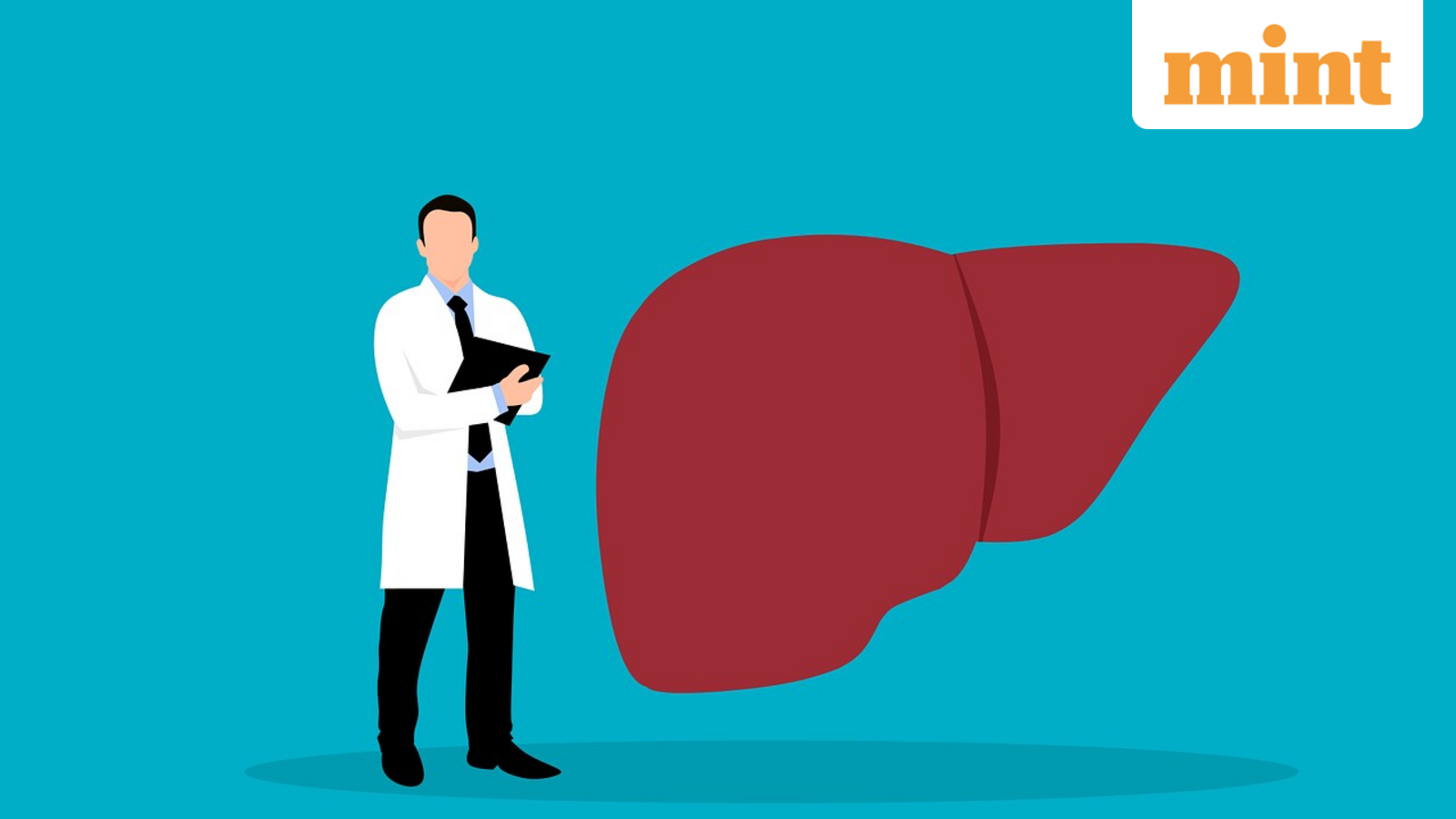Image via science.nasa.gov
Scientists have been studying a rare space object called 3I/ATLAS. It is special because it did not come from our solar system. It is only the third interstellar object ever seen passing by the Sun. Recently,…

Image via science.nasa.gov
Scientists have been studying a rare space object called 3I/ATLAS. It is special because it did not come from our solar system. It is only the third interstellar object ever seen passing by the Sun. Recently,…

A team of astronomers say they may have detected dark matter, the invisible substance thought to make up over 85 percent of all matter in the universe, for the first time in history.
The claim is controversial, and the findings,…

Indonesian production powerhouse MD Pictures is betting big on remakes and franchise fare for 2026, unveiling a slate anchored by an adaptation of Majid Majidi’s Oscar-nominated Iranian drama “Children of Heaven” and the final chapter of…

Matthieu Blazy, the new man at Chanel, is continuing the house tradition of showing pre-collections on the road. He’s chosen to present his first Métiers d’Art lineup in New York City. Chanel love runs deep when- and wherever the runways are…

Curtis saw his mission as “documenting what he thought of as ‘a dying race’,” Cross tells the BBC. He cropped out from his photos “signs of modernity” such as clocks, she says, serving the illusion that Indigenous people remain stopped in time,…

The Indian hockey team entered the Sultan Azlan Shah Cup 2025 final in emphatic fashion after beating Canada by an overwhelming 14-3 scoreline in its final group stage match in Ipoh, Malaysia, on Saturday.
Jugraj Singh scored four goals for world…

 NurPhoto via Getty Images
NurPhoto via Getty ImagesThousands of Airbus planes are being returned to normal service after being grounded for hours due to a warning that solar radiation could interfere with onboard flight control computers.
The aerospace giant – based in…

India is urbanising at a breakneck pace and this brings with it huge shifts in the way people eat, move and live. These changes in lifestyle are closely associated with increasing metabolic diseases like diabetes, fatty liver disease…

The Australian prime minister, Anthony Albanese, has married his partner, Jodie Haydon, in Canberra, making him the first Australian leader to tie the knot in office.
The ceremony took place on Saturday afternoon at Albanese’s official…